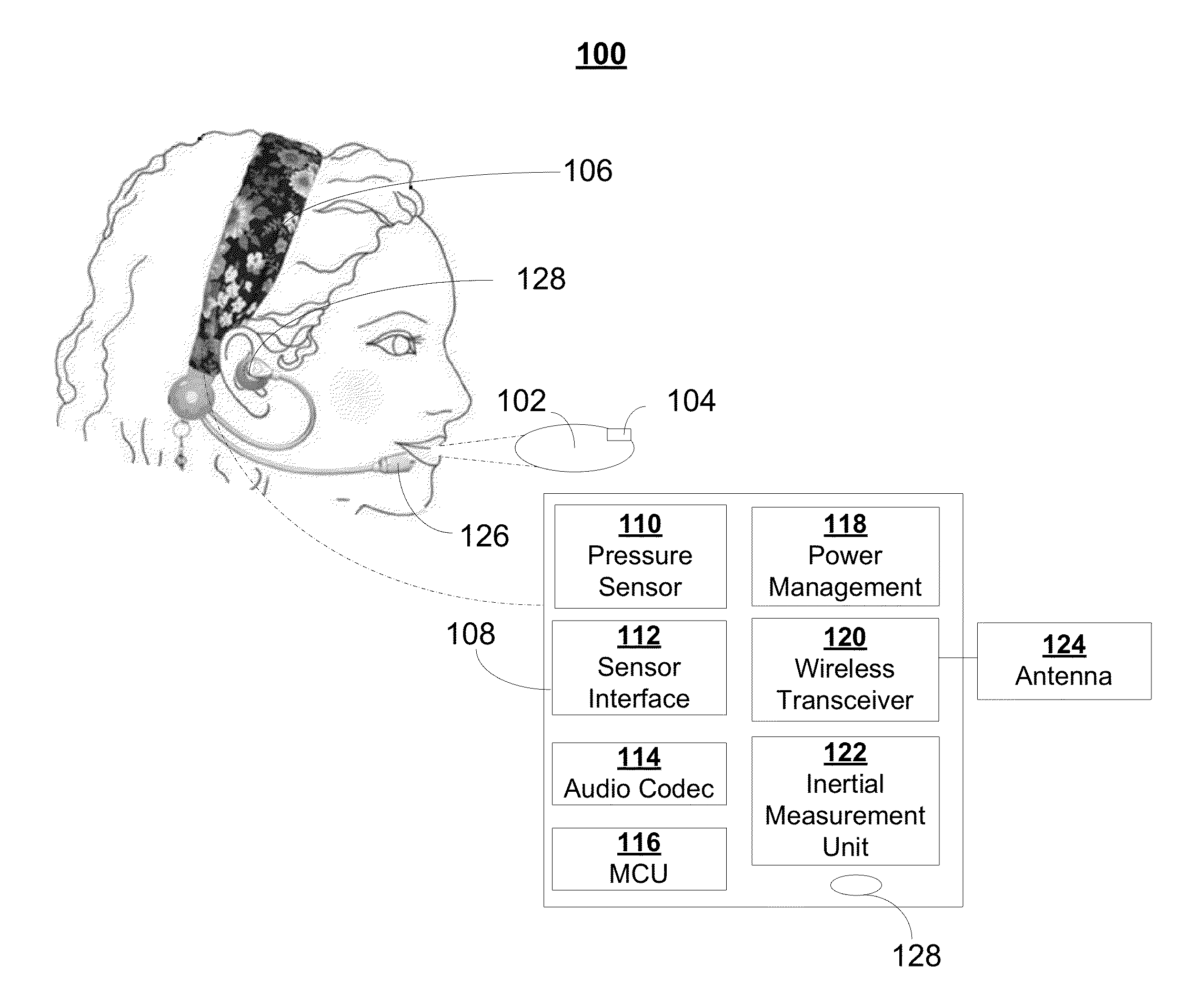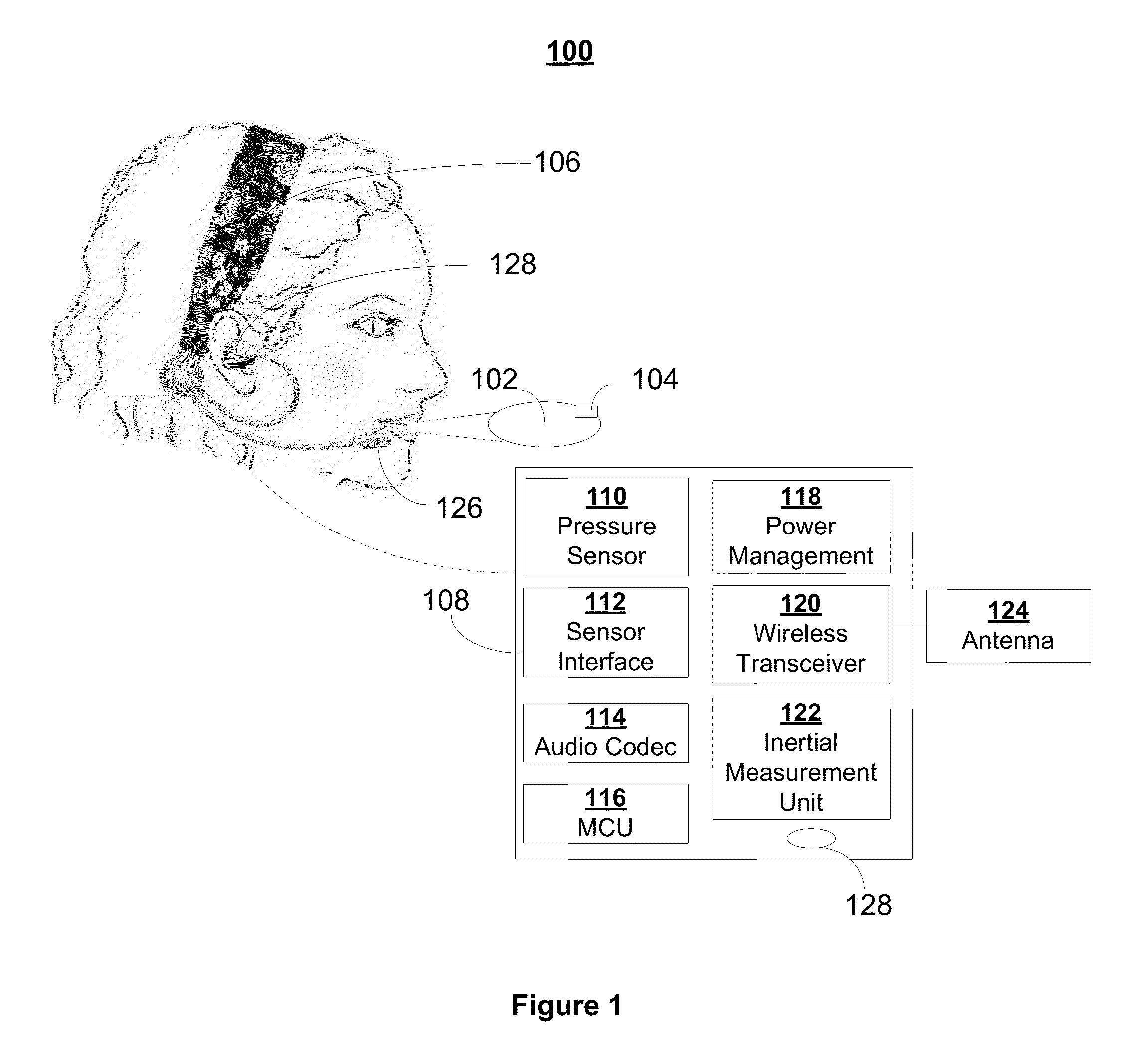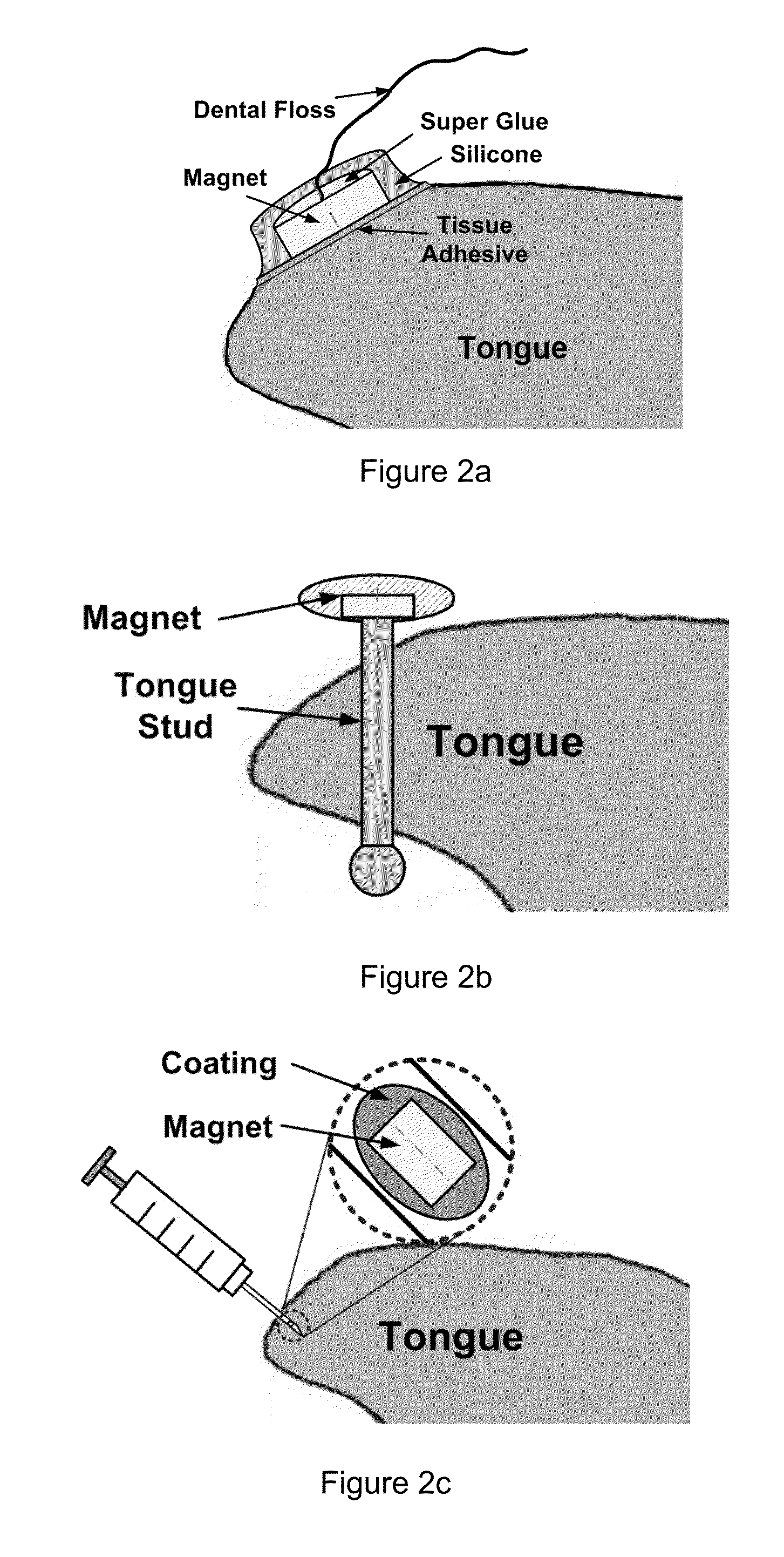So, even in these circumstances, the keyboard would still be a higher performing substitute but for the fact that the presence and use of the keyboard itself is inconvenient.
Conventional means of providing multimodal systems for people of varying levels of disabilities has been ineffective in a lot of circumstances, if it has been contemplated at all.
Despite the fact that a wide variety of assistive devices are available for people with lower levels of disabilities, those with severe disabilities such as high level
spinal cord injury (SCI) patients, who need ATs the most, have very limited options.
Even the existing ATs have numerous shortcomings and impose major limitations on the users' capabilities and diminish their
quality of life.
However, it's limited number of direct choices (only 4), slow command input, and awkward appearance (resembling an elephant
trunk), are unattractive to the majority of users.
It also needs frequent cleaning and cannot be used by those who do not have enough diaphragm pressure.
A group of ATs known as head pointers or head arrays require a certain level of head movement ability that a disabled person may not be able to provide.
They are also susceptible to inertial forces applied to the head when PWC is in motion, particularly in users that have weaker
neck muscles.
However, they are not safe for controlling PWCs because they may interfere with the users' normal visual tasks.
They are also known to cause headache in some users after long term usage (a few hours) because of the interference between visual and manipulating functions of the eyes when using this technology.
However, attaching surface electrodes to the face is neither comfortable nor cosmetically desirable.
These devices are very slow due to limited
signal bandwidth, need a high level of concentration, and offer limited
degrees of freedom (DoF).
Because these
signal sources are very weak, they are also highly susceptible to external interfering signals such as the 60 Hz power line or ambient light.
However, these BCIs are costly and highly invasive (they need the user to undergo a brain
surgery).
Therefore, they may not be desired by the majority of end users, particularly when
less invasive alternatives are available.
However, they are not reliable for PWC control in noisy and outdoors environments.
They also need diaphragm control, as well as functional vocal cords, which may not be available as a
body function to some end users.
These devices require bulky objects inside the mouth, which may interfere with speech,
ingestion, and sometimes
breathing.
However, they can only be used in a certain position and require head movement to grab the
mouthpiece.
They also require tongue and lip contact and pressure, which may cause fatigue and
irritation over long-term use.
One of the major limitations of current ATs is that each single AT is designed for a limited set of specific tasks due to the different nature of the tasks and their requirements.
Therefore one AT, which works perfectly well for one set of tasks by one user, might show poor performance in other tasks by the same user or even completely lose its functionality when used for other applications by other users.
However, this system is not favored by the same users for
computer access due to the limited number of direct choices (4 commands), being slow, and requiring continuous diaphragm function, which can potentially be exhausting in long-term continuous
computer usage.
However, it is not quite practical and safe to use
eye tracking systems alone to control
powered wheelchairs since these systems affect the users'
normal vision by requiring extra eye movements (in many cases, it is not clear whether the user is issuing a command or simply gazing on an object, a.k.a. the Midas touch problem), they are significantly affected by changes in the ambient light (for example they might render useless in direct
sunlight), and they often need a camera or
infrared source and sensor pair to be positioned in front of the eyes or face, mounting and positioning of which on a mobile platform such as a
wheelchair may not be quite feasible.
In addition, the performance of the traditional AT that are often single-modality can be further affected by the operating conditions, such as the environment, and users' condition, such as fatigue, spasms, sickness, thick accent, etc.
As a result, the system might show poor performance in translating users' verbal commands or becomes even completely irresponsive in the noisy and outdoors environments, and render the AT useless.
Unfortunately, none of the existing ATs can effectively and safely address both applications alone.
In many similar cases, unless the individuals are highly motivated, it is very likely that they might be burdened with learning how to use multiple ATs for various tasks or conditions, the cost and maintenance of multiple ATs might be prohibitive to them, and switching from one AT to another often needs assistance from a caregiver, who may or may not be available at all times and all locations.
The result is that many individuals may prefer to stay only in one environment, home for example, and not to participate in many activities that might be beneficial to their mental and
physical health as well as to the society, and consequently degrade their
quality of life.
A highly integrated multimodal and multifunctional AT can have life changing consequences in such circumstances.
The abovementioned configurations are quite inconvenient and sometimes impractical for travelling when users have to carry around all the ATs that they need to be able to function when they are away from their local customized environments.
Moreover, being surrounded by a number of ATs that are not necessarily conventional or used by others, raises cosmetic issues and attracts undesired attention, which in general is a great concern to many users when they are in public.
As a result, individuals with high level disabilities may forgo opportunities that would affect their personal, occupational, and societal standing, and of course their
quality of life.
 Login to View More
Login to View More  Login to View More
Login to View More 


